Fly fishing has gradually gained popularity among fishing enthusiasts in the country decades after the nation’s reform and opening-up. As the community of fly fishers continues to grow, this healthy, environmentally friendly, and scientific fishing method, along with its philosophy, is increasingly becoming a new benchmark for anglers to challenge themselves and nature.
As a distinct fishing technique, fly fishing requires specialized equipment and gear. Here, I will share in detail some of the knowledge I have acquired for fellow fishing enthusiasts to discuss and explore.
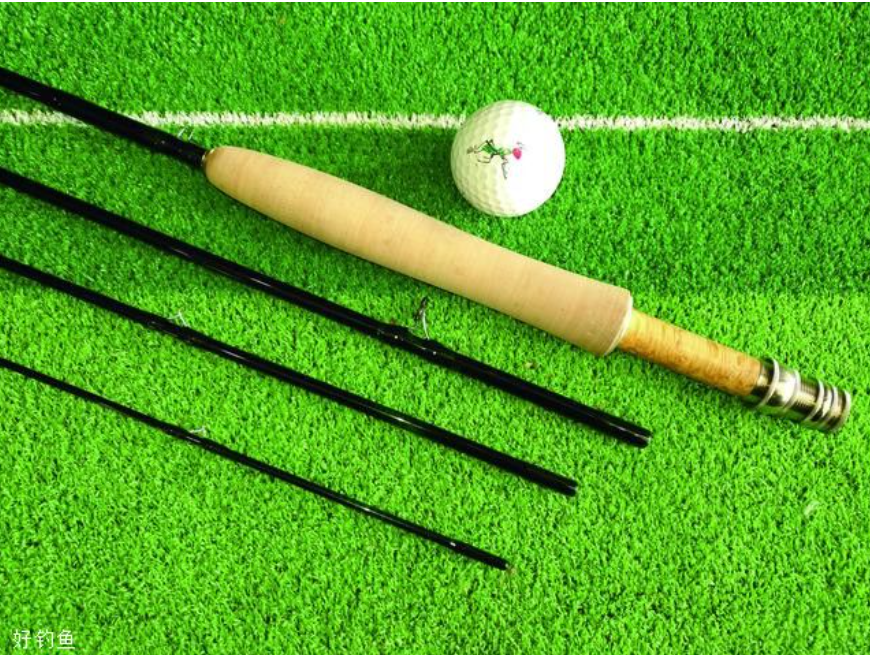
The fly rod plays a crucial role in the fishing process, serving as an extension of the angler’s arm. First, let’s look at the history of fly rod development. The earliest fly rods were essentially little more than branches. Later, people began crafting more regular, rounded fly rods from elastic wood.
With the expansion of global trade, Western countries gained access to bamboo from the East. This led to the creation of spliced bamboo fly rods, which utilized bamboo’s superior elasticity compared to wood. A specific type of bamboo native to the country, known for its fine, dense fibers and straight, uniform nodes, proved to be an excellent material for making tools like fishing rods. Bamboo fly rods fully leveraged these advantages; the tough, dense outer layers were skillfully planed into multiple segments and spliced together. One could say that handcrafted, spliced bamboo fly rods represent a brilliant flower in the history of human craftsmanship.
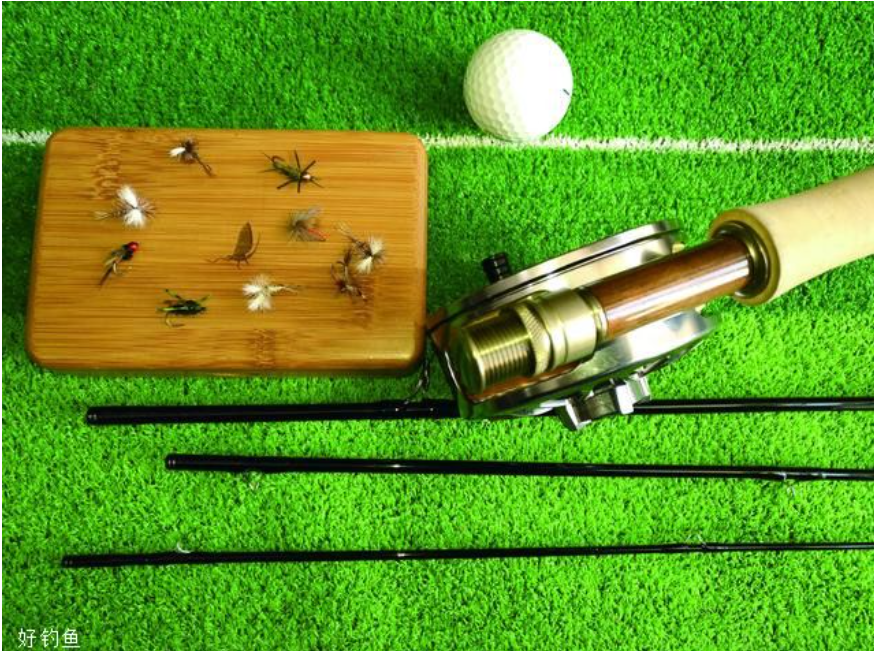
In modern times, with rapid advances in the chemical industry, the high toughness of fiberglass was widely adopted by rod makers. In recent decades, the high strength and light weight of carbon fiber have defined the perfect qualities of a new generation of fishing rods. The centuries of development and cultural heritage of fly fishing continue to be preserved and advanced by enthusiasts worldwide. Bamboo rods, classic flies, vintage reels, and flexible fiberglass rods remain beloved by seasoned fly fishers. This passion stems from a respect and admiration for craftsmanship, far beyond any mere monetary value.
During the initial design phase of a fly rod, designers utilize the inherent properties of the materials and the taper of the rod blank to set a specific range for line weight and the rod’s flex during casting. This accommodates different environments and various fly patterns. Typically, the finished rod blank is marked with a number indicating the suitable weight range for the weight-forward fly line it is designed to cast.
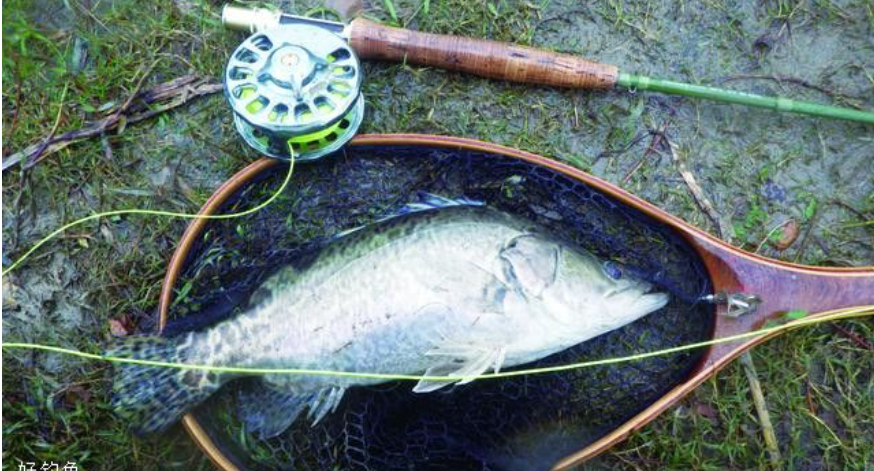
Fly fishing relies on the weighted fly line to cast the nearly weightless fly. Fly rods are classified from #1 to #12 based on the range of fly line weights they can effectively cast. A #1 rod is suited only for very light line weights, meaning it can only cast very small, lightweight flies. This size is generally used for targeting small freshwater stream fish.
A rod marked #12 is exceptionally stout and powerful, capable of casting heavy line weights. This heavy line is used to cast large, often weighted flies, typically for targeting large saltwater species.
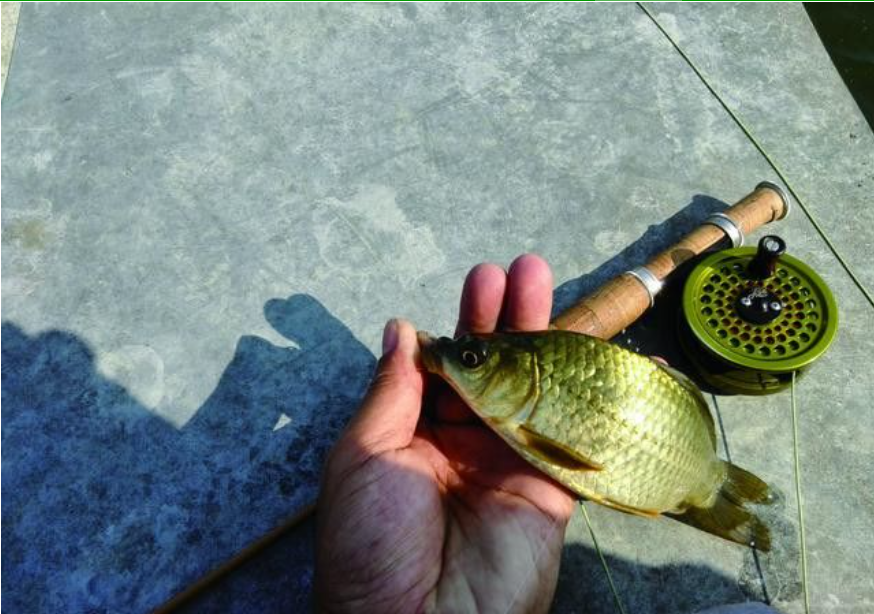
The materials and construction techniques used in the rod-making process determine the rod’s recovery rate, or action. The bending of the rod is actually caused by the load placed on it by the fly line during the cast. Based on the principle of action and reaction, the load of the moving fly line causes the rod to bend and deform, and the rod conversely generates a reaction force (the recovery). The speed of this reverse motion—the recovery rate—depends on the material’s inherent elasticity and resilience. The speed of recovery significantly impacts the casting rhythm: a slow-action rod results in a slower casting rhythm with longer pauses, while a fast-action rod allows for a quicker rhythm during false casting.
Regarding how to choose a suitable fly rod, I recommend selecting based primarily on the size of your target species. If you are only targeting small fish like common minnows, freshwater minnows, or tilapia, then a #1 to #3 rod and line setup will suffice. This setup does not require long-distance casts, and the fly and line land softly and quietly on the water.
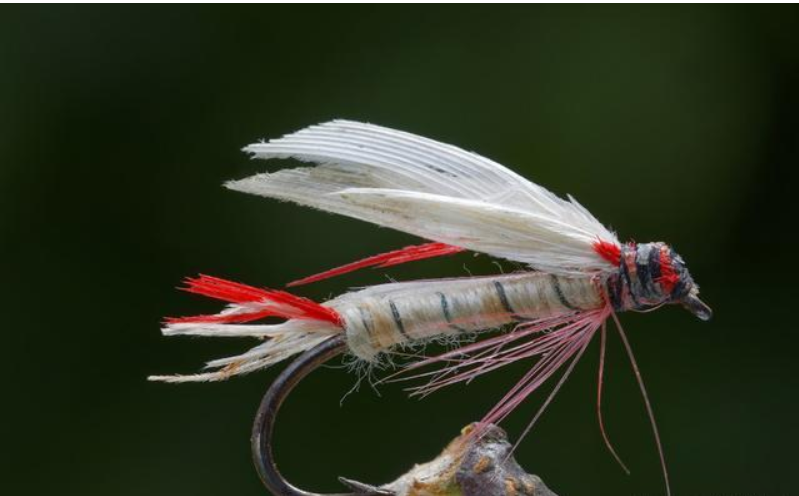
If you aim to challenge species like freshwater bass, culter, or small grass carp, it’s better to use a #4 to #6 rod and line setup. This can handle the fish’s fight, is suitable for medium to long-distance casts, and can manage larger, somewhat heavier flies. If you are keen on saltwater fly fishing, it’s best to equip yourself with a #6 to #8 rod and line setup. Higher-weight line systems generally offer better wind resistance and are more suited for medium to long-range casting.
I must mention a specific fishing environment—reservoirs or deep-water boat fishing. Here, fish of the same size will fight much harder than in shallow water or stocked ponds. In these situations, it’s safer to choose a rod one or two sizes larger than what you might typically use to avoid rod breakage or ineffective casting.
Next, let’s discuss how to choose the length of a fly rod. Fly rod lengths are determined by the fishing environment and generally range from 6 feet 6 inches to 10 feet. When fishing in densely vegetated streams or confined spaces with limited backcast room, a shorter fly rod is necessary for maneuverability. In open areas with few obstacles, a longer fly rod can be used to increase your fishing radius and range. However, rod length alone is not the primary factor in casting distance; achieving long casts requires solid fundamental casting technique.
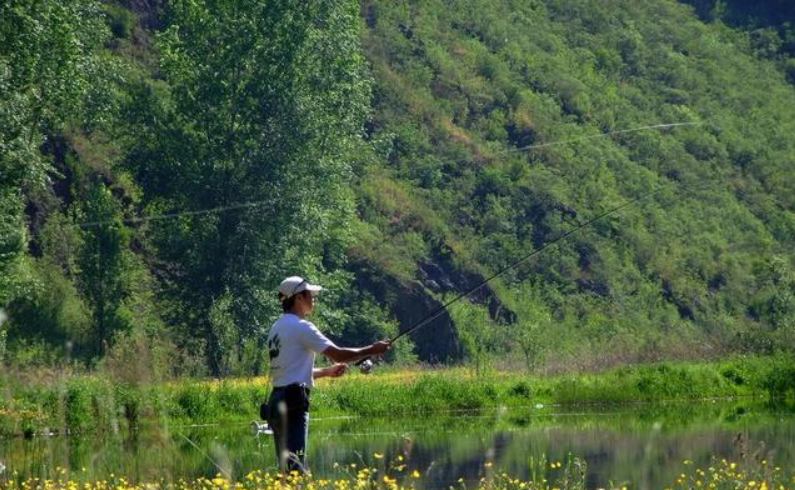
As for choosing between a single-foot stripper guide or snake guides, I believe each has its merits. Snake guides, products of traditional craftsmanship, are still used today primarily due to their high compressive strength and ability to control the fly line, although they create more surface friction as the line passes through. Single-foot guides are widely used because they are lightweight, create less friction, and minimally impact the rod’s bend profile. However, their side compression strength is weaker, making them prone to deformation when the rod is stored improperly.
We often see a small metal ring in the shape of a ‘n’ on the rod blank just above the handle. This is a hook keeper, intended for securing the fly when moving locations. Personally, I do not recommend hanging the fly here during transit. When walking with the rod pointed backward—a common habit to protect the rod tip from snagging and breaking or to prevent the leader from catching on obstacles—and gripping the rod, your hand can easily be pricked by the hook secured at the keeper. A safer method while moving is to take the leader, wrap it around the reel once, and then secure the fly to the largest guide on the rod.
The handle, or grip, of a fly rod serves to increase the rod’s diameter at the holding point, improving grip friction and comfort. Fly rod handles come in various shapes, with the cigar shape being most common. Materials for handles also vary; cork is the most traditional, while modern low-foam elastomers are also used, offering more vibrant and diverse color options.
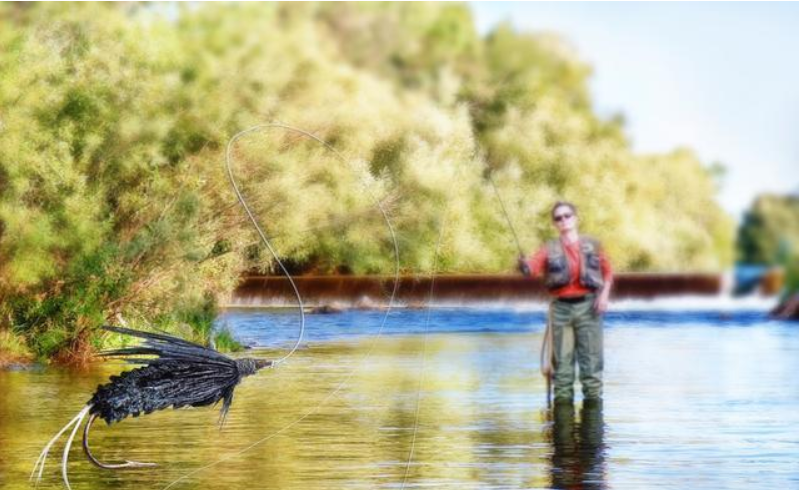
The reel seat is located at the end of the rod handle. Its main function is to secure the fly reel. Additionally, it helps adjust the rod’s overall balance and serves a decorative purpose. A well-balanced rod, with reel and line mounted, should have its balance point roughly at the angler’s thumb when held normally. Early reel seats were often made of wood or utilized metal sliding bands. Modern seats are typically precision-machined from metal and may incorporate decorative inlays like wood or other materials.
At the very end of the fly rod, you might see a metal end cap. On some rods, particularly heavier models, the end features a rounded knob made of cork or rubber. Generally, #1 to #6 single-handed fly rods have end caps. Single-handed rods in #7 to #12 typically feature a fighting butt. This butt is primarily used for leverage and support, braced against the angler’s abdomen when fighting large, powerful fish.